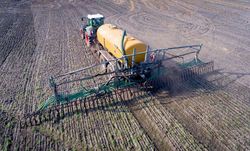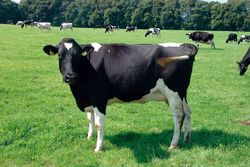Dossier
Emission inventories: Accounting for climate protection
Roland Fuß, Cora Vos, Claus Rösemann, Andreas Gensior, Sophie Drexler, Wolfgang Stümer, Sebastian Rüter | 16.03.2023
Being a member of international agreements on climate protection and air pollution control it is Germany’s declared aim to reduce the output of climate-harmful gases (Greenhouse Gases) and air pollutants. Scientific inventories provide the required data.
In the annual NIR (National Inventory Report on greenhouse gases) and IIR (National Informative Inventory Report on air pollutants) the Federal Environmental Agency (Umweltbundesamt) publishes the most recent data on the overall emission situation in Germany. For the sectors of agriculture, forestry and other land use, the Thünen Institute establishes the national emission inventories on behalf of the BMEL (Federal Ministry of Food and Agriculture). The greenhouse gases carbon dioxide (CO2), nitrous oxide (N2O) and methane (CH4) as well as the air pollutants ammonia (NH3), nitrogen oxides (NOx), volatile solids (NMVOC) and particulate matter are reported.
The scientific inventories of the Thünen-Institute provide information about sources and sinks of greenhouse gases and air pollutants. Main causes of emissions as well as critical regions are identified, and the underlying processes are investigated.
Emission inventories document the development of the emission situation over time. They allow the effectiveness of measures for climate protection and air pollution control to be reviewed, as well as the controlling of international reduction commitments.




![[Translate to English:] Emissions of greenhouse gases from land use, land-use change and forestry (LULUCF)](/media/_processed_/7/a/csm_BAT_1106b_large_9831230df8.jpg)
![[Translate to English:] Logo des Bundesministerium für Ernährung und Landwirtschaft](/media/allgemein/logos/BMEL_Logo.svg)